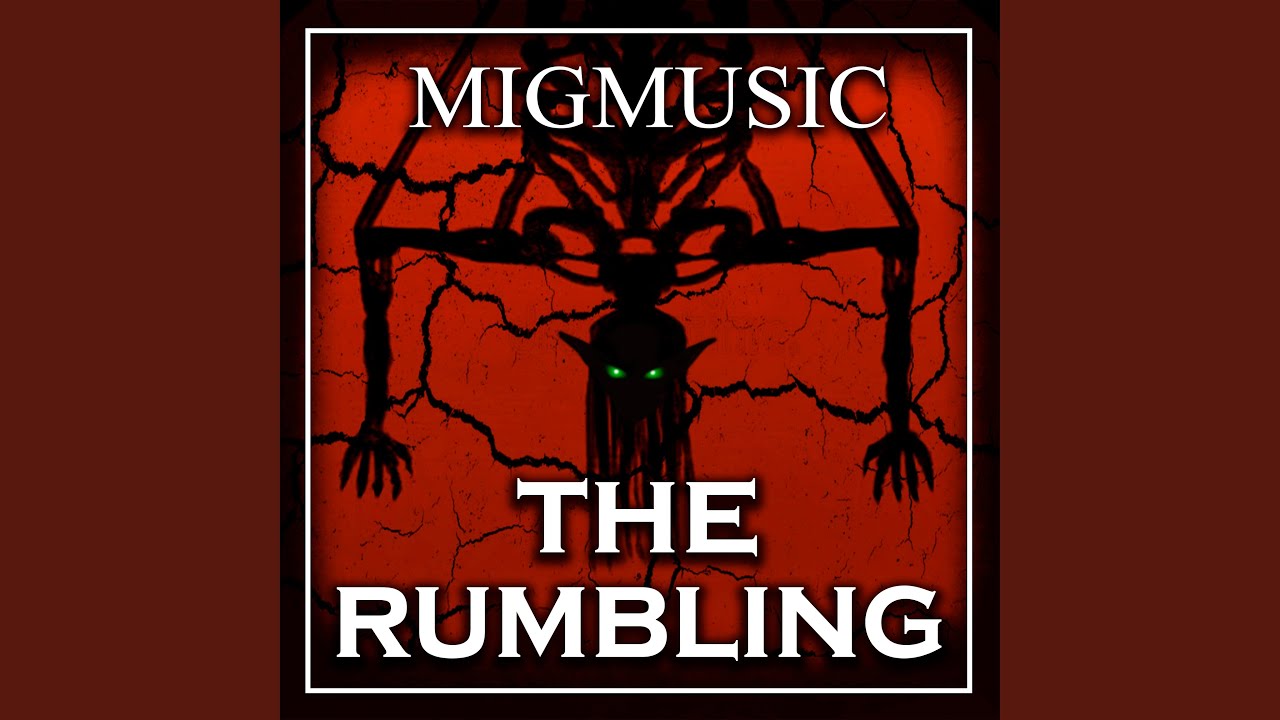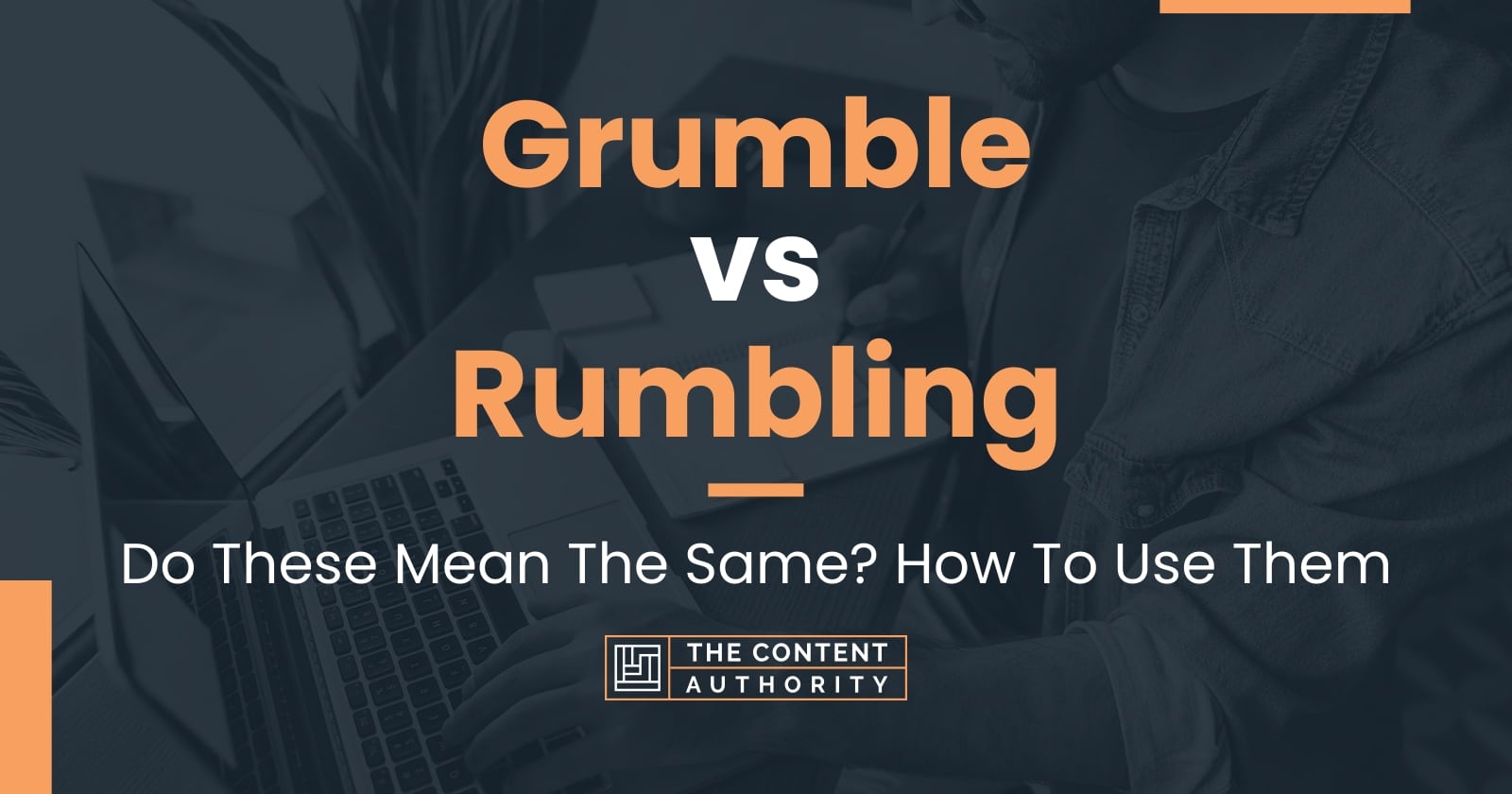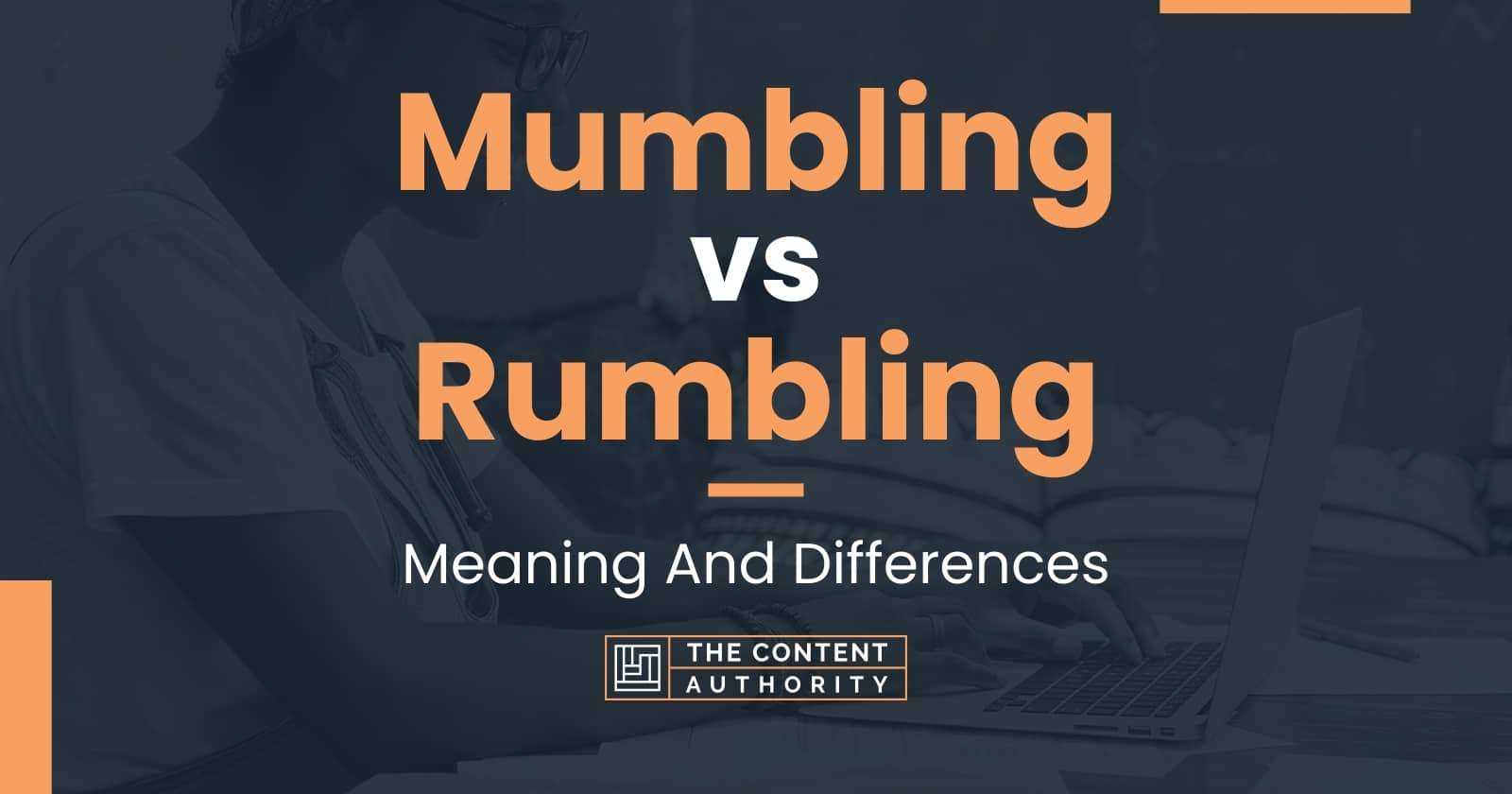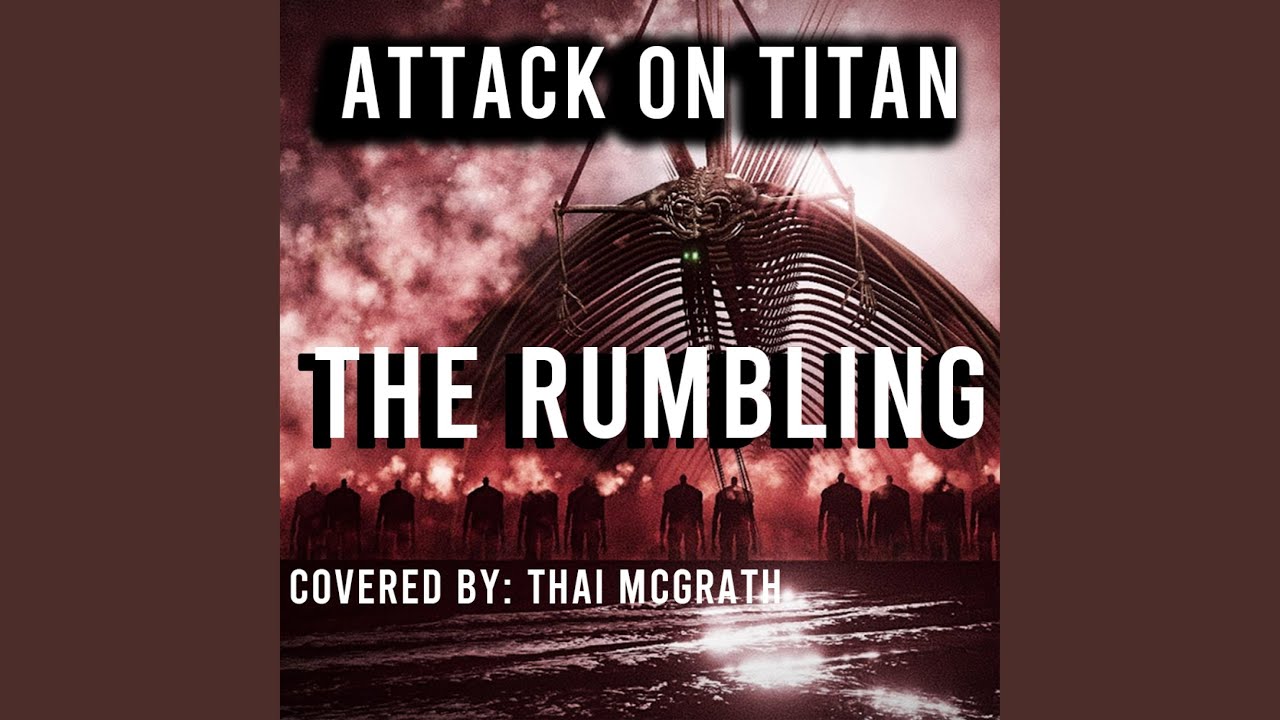The term "Rumbling" often evokes strong emotions and vivid imagery, whether it's in literature, folklore, or modern media. At its core, it refers to a deep, resonant sound or a series of vibrations that can signal something significant. But beyond just the auditory experience, the concept of the Rumbling can take on various meanings depending on the context. In some cases, it might be a harbinger of change, a call to action, or a moment of awakening. In others, it might signify impending doom or conflict.
To fully appreciate its depth, it’s essential to explore the various contexts in which the Rumbling appears. This exploration opens up discussions around cultural beliefs, societal transformations, and even personal introspection, inviting us to dive deeper into the layers of meaning behind this powerful concept. Now, let’s unravel the historical interpretations of the Rumbling that have shaped our understanding over the ages.
Historical Interpretations of the Rumbling

The historical interpretations of the Rumbling span various cultures and eras, each contributing unique perspectives. From ancient civilizations to modern-day contexts, the Rumbling manifests itself in multiple ways, often reflecting the sociopolitical climate of its time.
1. *Ancient Civilizations: In many ancient cultures, the Rumbling was often associated with natural phenomena. For instance, many societies interpreted the sound of thunder as the roars of gods or celestial beings. This belief tied in closely with mythology and was often seen as an omen.
2. Cultural Folklore: Throughout history, folklore has depicted the Rumbling as a precursor to significant events—often foretelling battles, turning points in governance, or disasters. For example, the Rumbling could be seen as a warning signal in tales of impending doom, like a volcanic eruption or an earthquake.
3. Religious Significance: In various religious texts, the Rumbling serves as a divine message. For instance, in biblical narratives, the sound of rumbling may symbolize God's presence or impending judgment.
4. Modern Contexts: Today, the Rumbling can refer to societal movements and changes, often expressing collective unrest. The phrase has been used in popular culture to discuss societal shifts or the outcry against oppression, illustrating a more figurative interpretation of the term.
Overall, the historical interpretations of the Rumbling offer a window into our collective psyche, revealing how sound and vibration resonate through our shared experiences and cultural narratives.
The Rumbling in Literature and Media

The term "rumbling" has found its way into various forms of literature and media, often serving as a metaphor for deeper themes and emotions. In many narratives, the rumbling signifies impending change, conflict, or turmoil. Think of classic novels where nature itself seems to rumble as a reflection of the characters' internal struggles.
For instance, in Moby Dick, the rumbling of the ocean can be seen as a foreshadowing of the chaos that Captain Ahab will unleash. Similarly, in modern media, such as movies and shows, we often hear the rumble before a significant event, using sound to build tension and anticipation.
Here are some notable examples of how rumbling is portrayed in literature and media:
- George Orwell’s 1984: The rumblings of dissent among the populace reflect the internal conflict within the main character, Winston Smith.
- Herman Melville’s Moby Dick: The rumbling waves symbolize the unpredictability and vastness of nature.
- Films like Jurassic Park: The rumble of approaching dinosaurs heightens suspense and instills fear.
- Anime series like Attack on Titan*: The rumbling becomes a pivotal event that unravels the complex history of the world.
In essence, the rumbling acts as a powerful narrative tool, inviting audiences to explore not just the plot but also the underlying emotions and societal messages.
Philosophical Perspectives on the Rumbling

Diving into the philosophical realm, the concept of "the rumbling" can be a fascinating metaphor for existential dilemmas and the human condition. Philosophers often use the idea of rumbling to explore themes of chaos versus order, and the conflict that arises when these forces collide.
From a philosophical standpoint, one might argue that rumbling represents the internal struggles we all face. Consider these thought-provoking questions:
- Is the rumbling a sign of progress, or does it indicate inevitable destruction?
- Can we embrace the chaos it represents, or do we strive for order and stability?
Philosophers like Friedrich Nietzsche would argue that the rumbling symbolizes the struggle for power and the chaos inherent in life. In contrast, existentialists like Jean-Paul Sartre might see it as a reflection of our freedom to create meaning in a seemingly indifferent universe.
Ultimately, the rumbling can lead us to profound insights about our existence. It becomes a reminder that even in chaos, there are lessons to be learned and understanding to be gained. Whether we perceive it as a precursor to upheaval or an opportunity for transformation largely depends on our personal outlook on life.
The Rumbling in Modern Pop Culture

Modern pop culture is a vibrant tapestry, blending various elements from the past and present. One of the most intriguing motifs to emerge is the concept of "the Rumbling." This term has been used across various mediums, from films and television to literature and video games. But what does it signify in these contexts?
In 2021, the animated series "Attack on Titan" reignited interest in the term, where it metaphorically represented chaos and existential dread. The Rumbling, within this narrative, acts as a force of nature, echoing humanity's inner turmoil and the consequences of power struggles. It became more than just a plot device; it was a profound commentary on societal issues, resonating with audiences worldwide.
Beyond anime, the term has infiltrated other domains. For instance, in cinema, films like "A Quiet Place" have elements of rumbling tension, where silence is broken by impending threats, leading to jump scares and heightened emotions. In literature, authors use the term to describe internal conflicts or societal upheavals that grip characters, making readers question the stability of their own world.
Video games also explore this theme. Titles like "Dark Souls" and "Bloodborne", which feature overwhelming challenges and atmospheric storytelling, embody a sense of impending doom that mirrors the Rumbling. Players often find themselves in a world on the brink, where threats loom in every corner.
To wrap it up, the Rumbling as a concept in modern pop culture encapsulates a shared anxiety about the future and the chaos looming over humanity. It’s a theme that cuts across genres, reminding us that we're not alone in our struggles. We’re all part of this loud, rumbling world.
Conclusion: The Multifaceted Nature of the Rumbling
As we've explored throughout this post, the Rumbling is a multifaceted concept that transcends mere definitions. It encapsulates the chaos, the uncertainty, and the emotional weight carried within various contexts—whether through storytelling in pop culture, philosophical discourse, or our own everyday experiences.
Essentially, the Rumbling serves as a metaphor for the impending conflicts we face as individuals and societies. It resonates on multiple levels:
- Social Commentary: Highlighting issues like inequality, political strife, and environmental concerns.
- Personal Growth: Reflecting the internal battles that each person faces when navigating life's challenges.
- Cultural Reflection: Offering a lens through which to examine societal fears and aspirations.
Through this exploration, we see that the Rumbling is not simply about the fear of what might come but also about the resilience we exhibit in the face of adversity. It asks us to confront our demons but also encourages a sense of hope and determination.
In conclusion, whether we’re drawing from entertainment, literature, or real-life experiences, the Rumbling invites us to engage with our world thoughtfully. It challenges us to listen closely, be aware, and respond to the rumblings that shape our lives and the lives of others. By acknowledging this complexity, we pave the way for deeper understanding and connection with the human experience.
 admin
admin







